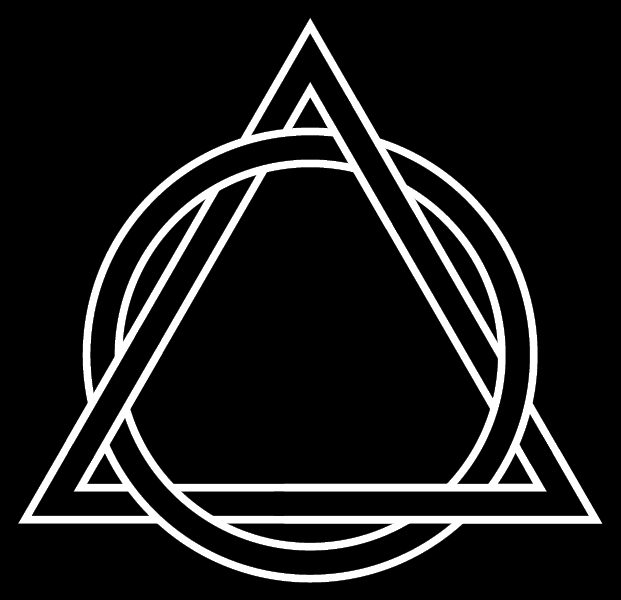My presentation to the Royal College of Art for PhD (by practice). First submitted in 2016; deferred for two years and with a leave of absence in Winter 2020 due to family reasons and I am finally back at college this Autumn 2020. On its own it might not make much sense but it positions myself within the context of the PhD study and marks the beginning of my studio research/practice.
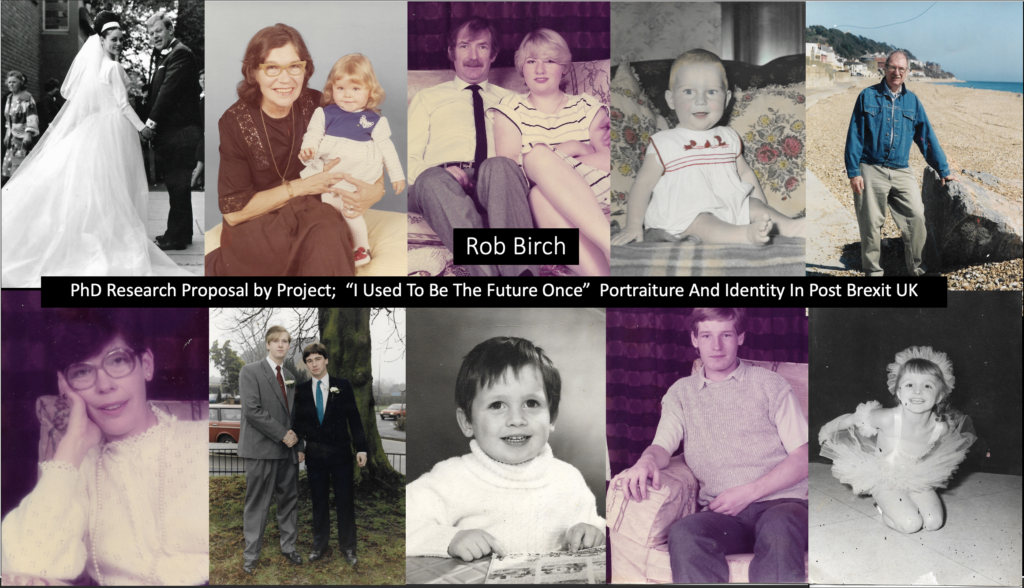
The interview will be 20 minutes long and will include an 8 minute presentation about the project proposal.
Presentation plan. (from this plan extrapolate information, ideas and evidence that might crop up during the interview)
- Introduction (TITLE SLIDE)
- background
- Based in Folkstone, Masters from Kingston University, Drawing As Process (2004), BA from Norwich School of Art, painting (1990). I have been working as a visual artist since 1990.
- motivation
- There are a number of deep seated reasons why I have chosen this particular line of research that has brought me to this interview today.

- (SLIDE) On a personal level I think it would be fair to say that one of the earliest and strongest motivations is simply the failure to recognize the reflection in the mirror. By this I mean that I have always struggled with the paradox of recognizing an external physical likeness and have been unable to reconcile that likeness to one that exists on an internal and emotional level.
- How I felt was not reflected in what I saw.
- This realisation soon led to the understanding that likeness (or identity) is not the sole province of external physical features.

- (SLIDE) My work has been described as visual scepticism.
- I use the visual as a means of challenging received notions of truth and reality, and within the portrait genre notion of self, identity and beauty.
- To this end it is centred on the belief that art is not made but found.
- I believe there is a crisis in understanding how subjectivity works in a post Brexit Britain.
- This proposal aims to address this creatively, actively engaging the visual senses and using them as a primary source of understanding and communication within this complex and (somewhat) antagonistic world.

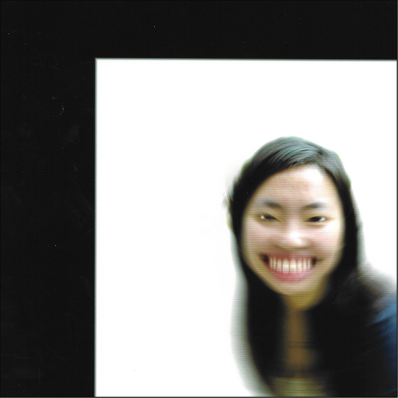
- (SLIDE) I sat my MA in 2004 with the final project, entitled “Seeking A Language for Contemporary Portraits”. This explored our need for a visual expression of self, and how this could be brought into a contemporary context.
- For the final project I asked the subject of the portraits to sit for an informal conversation during which I would photograph them.
- In doing this I was able to capture something of the individual that would have been lost in the more tradition portrait contract.
- I like to think of these characteristics as existing in the gaps between the atoms.
- Issues of class, culture and gender rose to the surface of the source material where it soon became apparent that these elements were as much about the character and “likeness” of the sitter as their physical external appearance.
- These became the foundation on which the final works were constructed.
- My methodology allowed for a moment to be captured. A reality that would normally be lost to the naked eye and/or the empirical process of the traditional painted portrait.
- Through engaging in this working process I began to realise that the traditional portrait and notions of identity needed to be redefined.
- A new vocabulary needed to be created.
- This has led directly to this research proposal and application.
- Outline project proposal. Address presentation questions (see below)
- What are the problems/questions you will address with your research and why they are important now?
- (Slide) Research Question: What is the effect of the UK leaving the European Union upon our notions of identity and subjectivity and how can this find satisfactory expression within the portrait genre?
- Research Hypothesis: That the processes and rhetoric engaged in the recent referendum as well as the subsequent result has initiated the need for a new understanding of how identity can be expressed in the form of the traditional portrait in post Brexit UK.
- “In any organisation, society, clan or family there are stories that you have to know in order to be a part of that social group. The stories, the ability to tell them, understand their context and apply their learning are a necessary social skill.”
Dave Snowden, Fractal narratives & identity
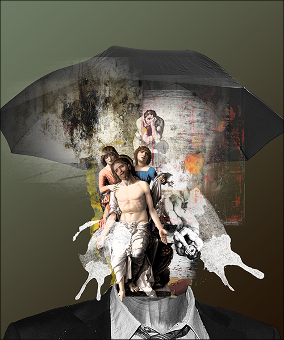
- Slide) What will happen if those stories are not generated from society, clan or family?
- That the matrixes, networks and frameworks used by these groups are no longer in place, and the self-similarity process (the repeated expression and processes by which we know ourselves) is driven by external agendas? (As is the case now with the Brexit result)
- As a “necessary social skill” what would be the result if the traditional networks once required to create the narratives were dismantled and/or destroyed?
- The recent referendum (and more recently in the USA the election of Donald Trump) has resulted in a breakdown in our ability to construct the requisite social narratives required to be part of any society/community.
In 1984 Felix Guattari wrote
- “It is an either/or; either someone, whoever it is, comes up with new methods of production of subjectivity, whether Bolshevik, Maoist, or whatever; or the crisis will just keep getting worse”
- In 2014 Maurizio Lazzarato Signs and Machines Capitalism and the Production of Subjectivity saw subjectivity as series of avatars where multiple modes of expression contribute to the ‘production’ of subjectivity
The identity crisis continues.
- The processes and rhetoric engaged in the referendum as well as the subsequent result has initiated the need for a new understanding of how identity can be expressed in the form of the traditional portrait in post Brexit UK.
- How is this new understanding going to find form within the primary document of expressing identity in western culture, the Portrait?
- If your research involves the creation of artworks or designs tell us how these will help you address these research questions. (Slide)
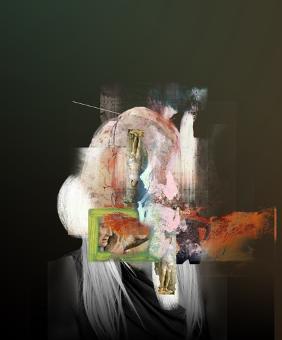

- My studio practice will be the main means by which, theories will be tested, and conclusions drawn. Diligent research of current theories and philosophies about identity and subjectivity will be engaged and applied in the context of the research proposal and hypothesis.
- They will be tested through the practical work.
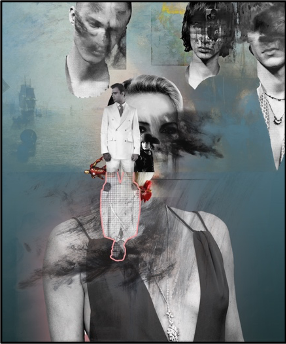
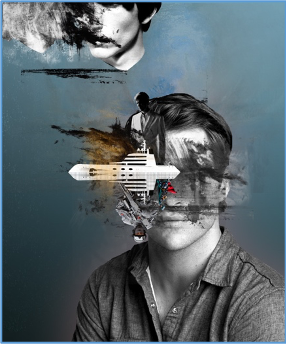
- (SLIDE) New and original hypothesis’ will be presented and tested on an ongoing basis throughout the duration of the project. (E.G. current project “We Are Your Overlords” that looks at subjectivity as a means of enslavement)
- Portraiture is a highly contested means of expression, working well beyond the simple depiction of physical likeness. The practical work will challenge the accepted notion of what it can be and how it is used by external social/political agendas.
- I will propose new ways in which portraiture can accurately present an understanding of the notion of self.

- (Slide) This application is a research project by practice. This will take the form of six specific bodies of work to take place over a three year period (4 M/Phil, 2 PhD). Each project will result in an exhibition of work that addresses specific issues within the over all aims and objectives of the research project.
- The exhibitions will be supported by written documentation and theoretical research.
- (slide) Log Books documenting all research will be kept throughout the duration of the project.
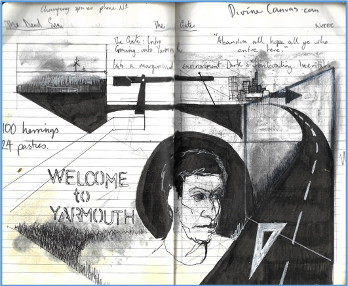
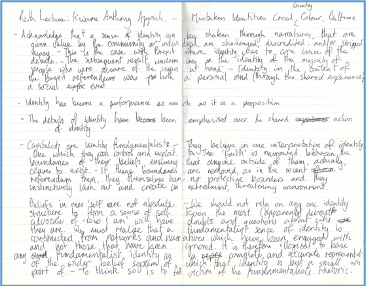

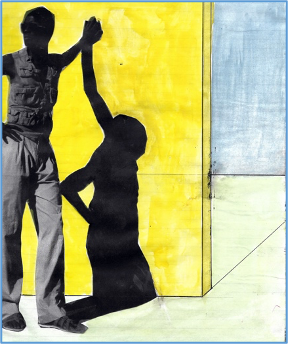
- The final outcome of the research project will be an exhibition with a written submission in support of the practical work.
- Contemporary theories and current research
- Theories
- Self reflexive narratives. The cyclical action of the continued adding to individual narratives to inform and develop a sense of individuality, which in turn add to future narratives which…
- According to Giddens “A collage is by definition not a narrative; but the coexistence of different items…. the separate stories which are displayed alongside each other express orderings of consequentiality typical of transformed time space environment from which the hold of place has largely evaporated”. (A new way of experiencing identity)
- IDENTITY AS A COLLAGE
- “Introduction To Civil War”
- Tiqqun explores the possibility of a new practice of communism, finding a foundation for an ontology of the common in the politics of friendship and the free play of forms-of-life.
- They see the ruins of society as the ideal setting for the construction of the community to come.
- Self reflexive narratives. The cyclical action of the continued adding to individual narratives to inform and develop a sense of individuality, which in turn add to future narratives which…
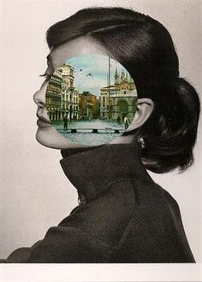
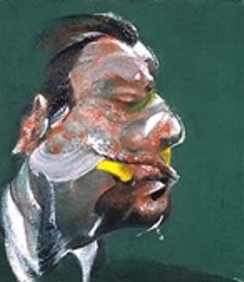
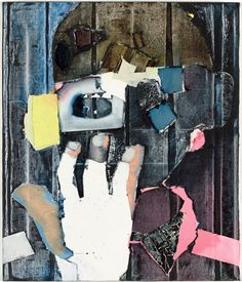
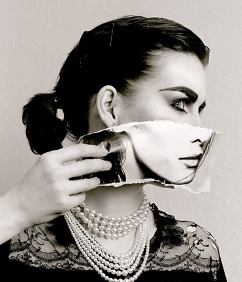
- Social commentators etc.… Kwame Anthony Appiah- Mistaken Identities 2016 Reith Lectures (creed, colour, culture, country)
- Maurizio Lazzarato, Signs and Machines Capitalism and the Production of Subjectivity
- Tiqqun Introduction to Civil War
Proposed outcomes (Slide)
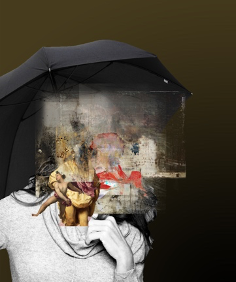
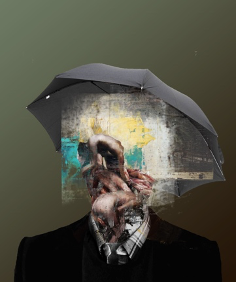
- Why this is an original body of work and what does it contribute to current thinking and artistic practice?
- This is an original body of work because it will deal directly with the current crisis in understanding who and how we are in contemporary western society.
- Through practical work (doing as learning) I envisage exciting and thought provoking work will be created.
- I will test the original hypothesis and present documented evidence through the continued production of new works that show how political and social networks are required in some form or another to create a sustainable and rigorous experience of identity.
- We live in complex and complicated times. For many people these times seem fearful and full of uncertainty. As an artist and researcher this situation is excellent. Now is not the time to lose courage.
(END SLIDE)
